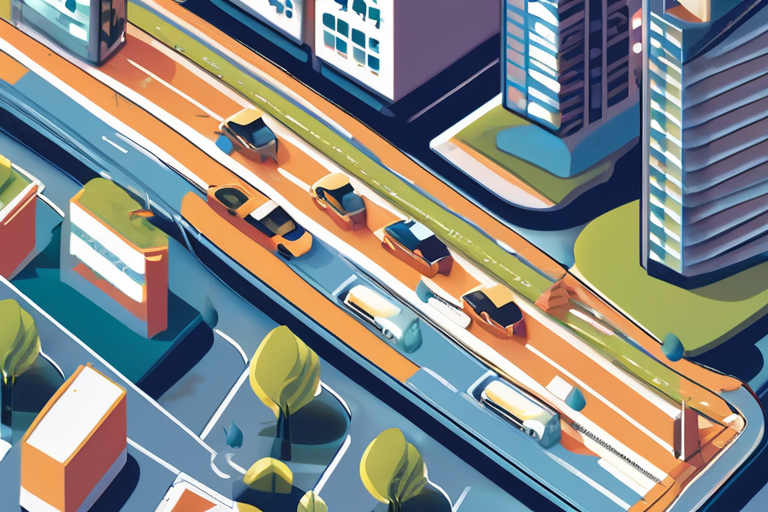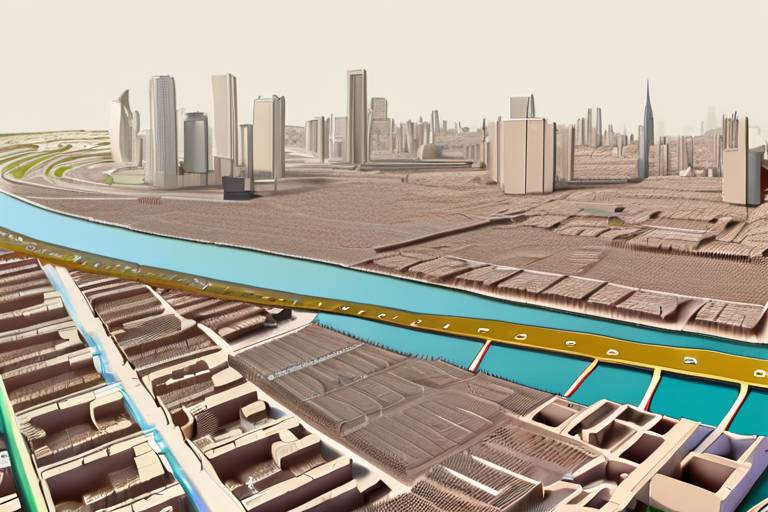AI Model Revolutionizes Image Geolocation with Unprecedented Memory Efficiency


Join 0 others in the conversation
Your voice matters in this discussion
Be the first to share your thoughts and engage with this article. Your perspective matters!
Discover articles from our community

 Hoppi
Hoppi

 Hoppi
Hoppi

 Hoppi
Hoppi

 Hoppi
Hoppi

 Hoppi
Hoppi

 Hoppi
Hoppi

The Shadow You Carry: How Your iPhone Tracks Every Place You Visit As I walked through the bustling streets of …

Hoppi

GPS Fails In Cities: Researchers Develop Breakthrough Solution A team of scientists at the Norwegian University of Science and Technology …

Hoppi

AI Model Uses Less Memory for Faster Image Geolocation Researchers have developed a new AI model that requires significantly less …

Hoppi

Breakthrough or Hype? Can AI Video Models Accurately Model the Real World? In a recent paper titled "Video Models are …

Hoppi

AI Sends Messages from Space: Czech Startup Revolutionizes Satellite Data Processing In a groundbreaking innovation, Zaitra, a Czech startup based …

Hoppi

AI Model Revolutionizes Image Geolocation with Unprecedented Efficiency A team of researchers has developed a groundbreaking AI model that enables …

Hoppi